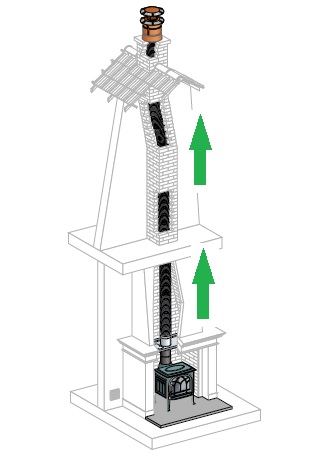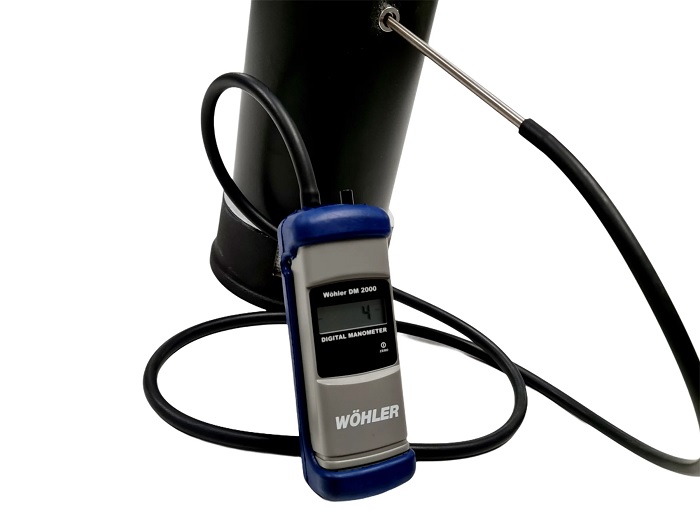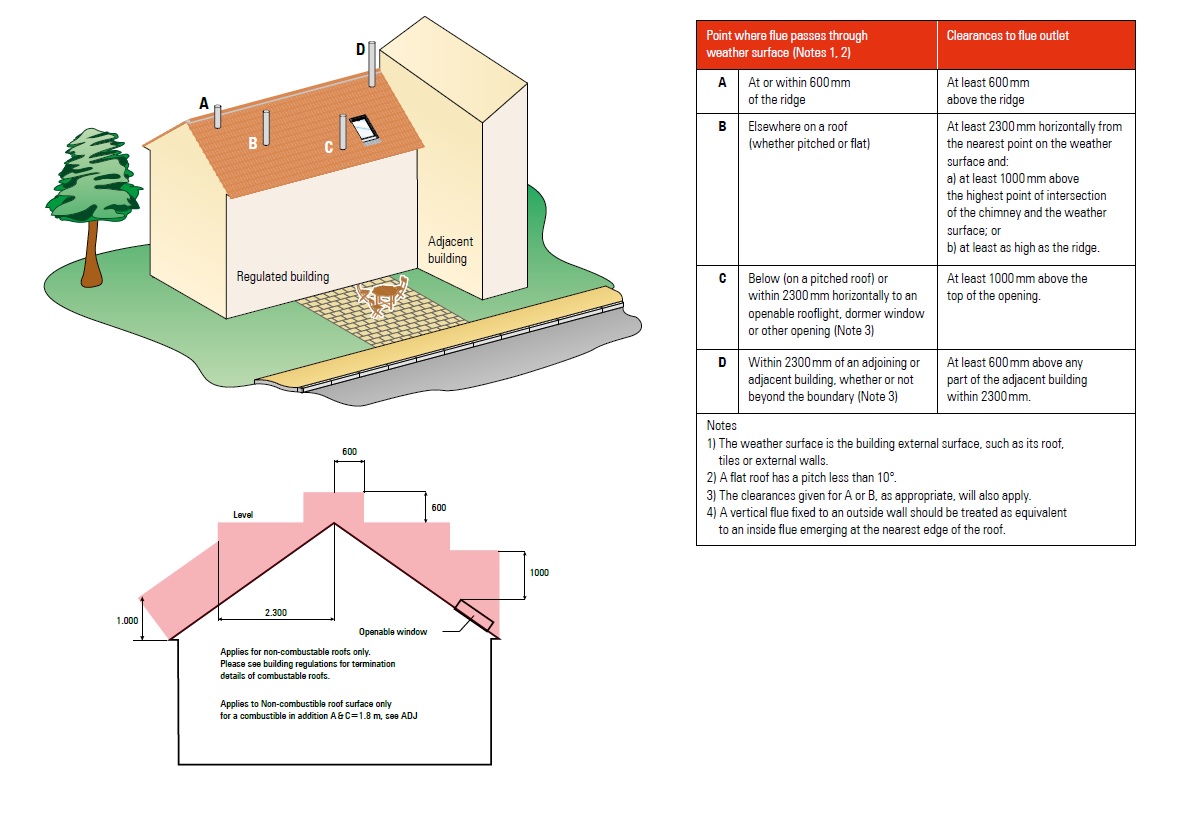We use cookies to make your experience better. To comply with the new e-Privacy directive, we need to ask for your consent to set the cookies. Learn more.
Flue Draught on a Wood Burner Chimney: Why it Matters
| Signs of Poor flue draught |
|
| Signs of Excessive flue draught |
|
What is flue draught?

The flue draught is the force that moves the smoke and gases up the chimney and out of your home. It's important to have good flue draught to ensure that your stove is burning efficiently and safely.
Importance of flue draught reading on Commission

When commissioning a new wood burning stove, it's essential to take a flue draught reading. This reading will give you an indication of how well the flue is working, and whether there are any issues that need to be addressed. A good flue draught will help to ensure that the stove is burning efficiently and producing heat efficiently. It will also help to prevent problems like chimney fires, which can be caused by a build-up of creosote in the chimney.
Always check the manufacturer installation manual on the recommended flue draught level - for example min 10pa, nominal 12pa, max 20pa.
What effects flue draught?
There are a few things that can impact flue draught, including the height of the chimney, the design of the chimney, and the type of stove you have. For example, if your chimney is too short, it may not create enough draught to move the smoke and gases up and out of your home. If your chimney is too wide, it may also impact the flue draught, as the smoke and gases may not be able to move quickly enough up the chimney.
Always check the manufacturer installation manual on the recommended flue sizes and heights

To ensure that you have good flue draught, it's important to get your chimney swept regularly. This will help to remove any build-up of creosote and other debris that can impact the flue draught. It's also important to make sure that the chimney is free from any obstructions, such as bird nests or debris from the roof.
Flue draught is an important aspect of having a wood burning stove in your home. It's essential to take a flue draught reading when commissioning a new stove, and to keep the chimney swept and free from any obstructions. By taking these steps, you can help to ensure that your stove is burning efficiently and safely, and that you're getting the most out of your investment.